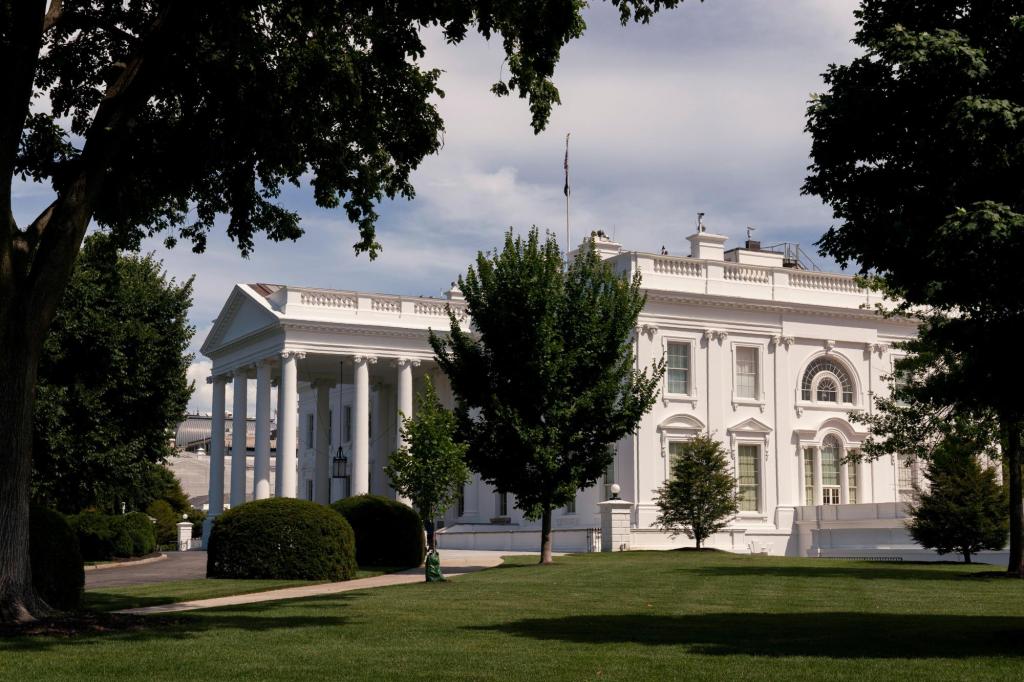Evelyn M. Witkin, whose discovery of the process by which DNA repairs itself opened the door to significant advances in the treatment of cancer and genetic defects, died on Saturday in Plainsboro Township, N.J. She was 102.
Her son, Joseph, said she died in a rehabilitation facility from complications of a fall.
In a career that began at the dawn of modern genetic research in the late 1940s, Dr. Witkin explored the ways in which radiation both damaged DNA and generated a repair mechanism, what she came to call the SOS response.
The repair mechanism produces an enzyme that in turn creates replacement parts for the damaged DNA. But it’s an imperfect process that can at times turn out slightly different versions, or mutations — what scientists call mutagenesis.
Her insight into the SOS response, which Dr. Witkin developed with Miroslav Radman, then a scientist at the Free University of Brussels, shed new light on how solar radiation and chemicals in the environment affect our genetic makeup.
“She discovered the first coordinated response to stress in cells,” Joann Sweasy, a geneticist at the University of Arizona who studied under Dr. Witkin, said in a phone interview. “And that’s so incredibly important for understanding evolution, and for understanding mutagenesis in terms of tumors.”
Dr. Witkin was still a graduate student at Columbia when she spent the summer of 1944 working at the Cold Spring Harbor Laboratory, on the north shore of Long Island. Though she had no background in microbiology — her research until then had been with fruit flies — on her first day there she was assigned to generate mutations in cultures of the bacteria E. coli.
She placed several under a germicidal ultraviolet lamp. Almost all of them died. But four colonies survived.
“At this point, I asked, ‘Why did they survive? Maybe a mutation made them resistant,’” Dr. Witkin told The New York Times in 2016.
That single question set in motion nearly a half-century of research for Dr. Witkin, first at Cold Spring Harbor and then at the Downstate Medical Center at the State University of New York, in Brooklyn, and finally at Rutgers University, where she worked from 1971 until retiring in 1991.
She won the National Medal of Science some years later, in 2002, but the pinnacle of her career came in 2015, when she and another geneticist, Stephen J. Elledge, won the Albert Lasker Award for Basic Medical Research, the highest honor in the medical sciences after the Nobel Prize.
“She had a remarkable ability to see into fundamental biological questions,” Donna L. George, a geneticist at the University of Pennsylvania who studied under Dr. Witkin, said by phone. “The central tenets of her ideas were validated, sometimes decades later, by the development of new experimental techniques and molecular probes.”
transcript
DNA’s Defenses
Evelyn M. Witkin and Stephen J. Elledge received a Lasker award for insights into how cells respond to damaged DNA.
n/a
Evelyn Ruth Maisel was born on March 9, 1921, in Manhattan. Her father, Joseph, was a pharmacist who died when Evelyn was 3. Her mother, Manya (Levin) Maisel, then married Jacob Bersin, another pharmacist, who moved the family to Forest Hills, Queens.
Evelyn attended New York public schools and studied zoology at New York University. During her senior year, she joined a group of students who were protesting the university’s policy of benching Black athletes whenever its sports teams played opponents from segregated schools.
They rallied around the case of a Black football player, Leonard Bates, who was to be left behind when the team traveled to the University of Missouri. They collected 4,000 names on a petition to let him play and organized 2,000 students to protest outside the central administration building.
“No Missouri compromise!” they chanted. “Let Bates play!”
Mr. Bates did not play — against Missouri or, later, against other segregated teams. Other Black athletes faced similar discrimination. The protests continued through the school year, until the university put an end to them by suspending seven of the movement’s leaders, including Evelyn.
She had been planning to continue into graduate work at N.Y.U., but now, having also lost a graduate assistantship as punishment, she set her sights on Columbia. She graduated from N.Y.U. in the fall of 1941 and immediately went uptown to begin her doctorate.
“My having gone to Columbia was the greatest blessing that ever happened to me professionally,” she told the National Science and Technology Medals Foundation in 2016. She wasn’t sure she’d have been a National Medal of Science laureate, she said, “if New York University hadn’t decided that I was a bad girl in 1941.”
She was already interested in genes, and especially in a theory espoused by the Russian scientist Trofim Lysenko that denied their existence and insisted that environment shaped evolution.
At Columbia, she worked with another Russian-born researcher, Theodosius Dobzhansky, considered a founder of evolutionary genetics. He not only disabused her of Dr. Lysenko’s ideas; he also introduced her to a paper by Salvador Luria and Max Delbrück proving that bacteria had DNA.
“Reporting on it for Dobzhansky’s class, I jumped up and down with excitement,” she told The Times. “At the time, one of the big questions involved how genetic mutations occurred. Thanks to Luria and Delbrück, I now saw how we could use bacteria models to answer that.”
She married Herman Witkin, a psychologist, in 1943. He died in 1979. Along with her son, Joseph, a doctor who is also a founding member of the rock ‘n’ roll group Sha Na Na, she is survived by five grandchildren and three great-grandchildren. Another son, Andrew, died in 2010.
Dr. Witkin stayed at Cold Spring Harbor until 1955, when she moved to SUNY Downstate. She later joined the faculty at Douglass College, at the time an all-women’s institution attached to Rutgers. In 1983 she became the director of the Waksman Institute of Microbiology, also at Rutgers, where she stayed until retiring.
In 2021, on her 100th birthday, the Waksman Institute renamed one of its premier research laboratories for her.
Clay Risen is an obituaries reporter for The Times. Previously, he was a senior editor on the Politics desk and a deputy op-ed editor on the Opinion desk. He is the author, most recently, of “American Rye: A Guide to the Nation’s Original Spirit.” More about Clay Risen
Source: Read Full Article



